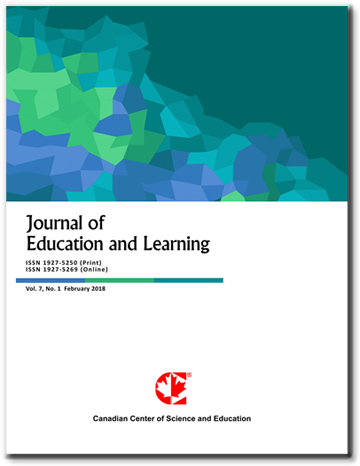Enhancing Student Counseling Management in Vocational Undergraduate Colleges: Development of an Integrated Approach in Nanchang, China
- Shijin Peng
- Thatchai Chittranun
- Pacharawit Chansirisira
Abstract
This study developed an integrated approach to student counseling management in vocational undergraduate colleges in Nanchang, China. Using a sequential mixed-methods design, the research comprised three phases: (1) identifying counseling components through document analysis and expert validation (n = 8); (2) assessing current and desired states via surveys with 135 stakeholders from two colleges; and (3) developing an approach based on findings. Six components with 48 indicators were validated: academic guidance, professional and technical guidance, emotional and psychological counseling, career planning, social counseling, and life counseling. Significant gaps existed between current state (X̅ = 2.52) and desired state (X̅ = 4.89). Priority needs analysis identified emotional and psychological counseling (PNImodified = 1.03), social counseling (PNImodified = 0.99), and academic guidance (PNImodified = 0.94) as most critical. The developed approach integrated the 70:20:10 learning model, emphasizing experiential learning, social learning, and formal training. Expert evaluation confirmed high suitability (X̅ = 4.80) and feasibility (X̅ = 4.30). This research provides the first empirical framework for counseling management in Chinese vocational undergraduate education, addressing urgent mental health support needs while maintaining vocational education’s practical orientation. The validated approach offers institutions a systematic improvement roadmap with recommendations for phased implementation prioritizing psychological services and industry partnerships.
- Full Text:
 PDF
PDF
- DOI:10.5539/jel.v15n1p231
Journal Metrics
Google-based Impact Factor (2021): 1.93
h-index (July 2022): 48
i10-index (July 2022): 317
h5-index (2017-2021): 31
h5-median (2017-2021): 38
Index
Contact
- Grace LinEditorial Assistant
- jel@ccsenet.org
